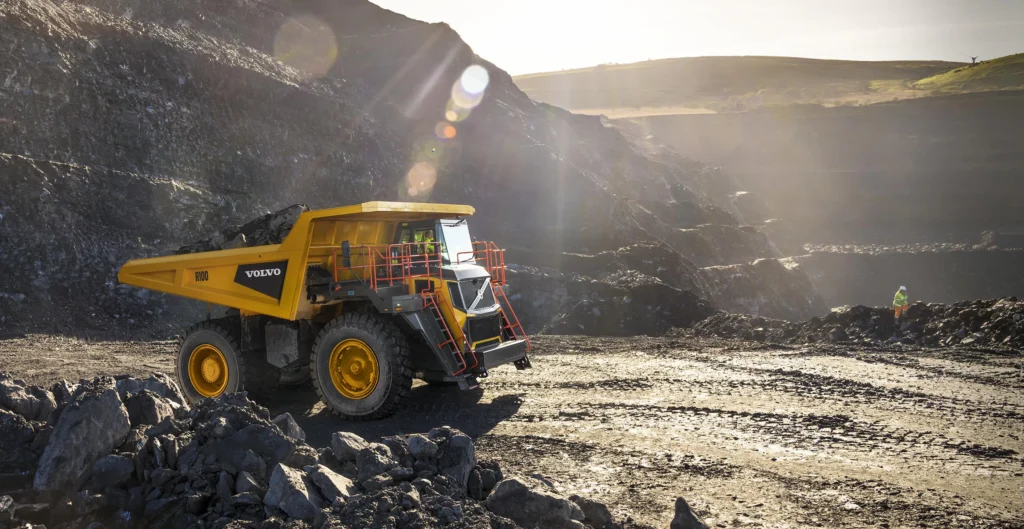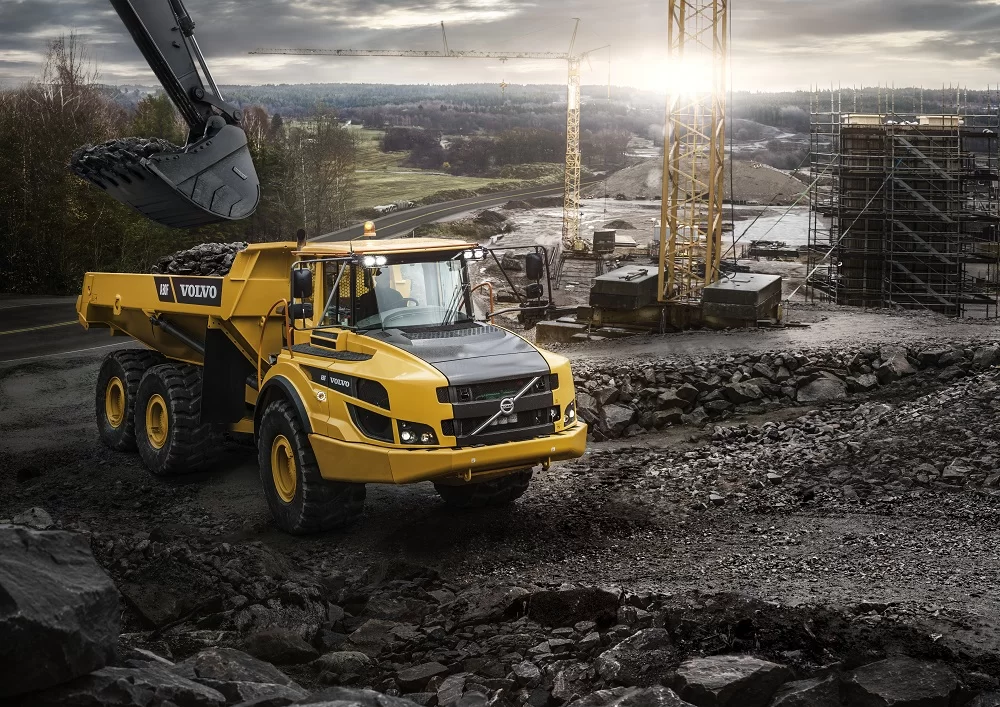Choose the Right Type of Hauler for Your Project
Construction, mining, and industrial projects often involve the transportation of heavy materials to and from the worksite. To make this process safer for everyone on the jobsite, professionals use hauler equipment that allows them to carry and move bulky and heavy supplies with ease.
If you’re looking to add a hauler to your fleet, you might have encountered its two types, rigid and articulated. Although these two machines may look and function similarly, they have differences that make them more suitable for certain types of jobs. So, before you make your decision regarding which hauler to buy, you must take the specifics of your operations into account:
Ground Conditions
If your worksite has narrow or slippery spaces, you should get an articulated hauler. This machine has an oscillating and articulating hitch that provides it with greater stability and traction. So, your operator can feel safe even when working in an area with an unfavorable surface and harsh conditions.
On the other hand, if the area you’re working on has well-compacted soil, you can buy a rigid hauler. Since you won’t need too much traction, this type of hauler will be suitable for your needs.
Jobsite Size
For projects that involve large and well-maintained roads, you should obtain a rigid hauler. This equipment performs better in areas with well-packed surfaces, where traction and stability aren’t much of a problem. Moreover, rigid haulers are ideal for projects located on rock, sand, and gravel quarries and surface mines.
Meanwhile, if you have a small worksite, the articulated hauler is for you. Because of its enhanced maneuverability, operators won’t have any trouble making tight turns when needed.

Type of Haul
Another thing you should consider before deciding which type of hauler to buy is the type of material you will transport. Each type of hauler is designed to carry different kinds of material, so considering this aspect is essential.
If you mostly transport free-flowing bulky materials, such as large rocks, ores, and shales that can weigh up to 90 metric tons, you should obtain a rigid hauler. This type of hauler is designed to carry larger loads at fast speeds, which helps you minimize your cost per ton. Its larger carrying capacity also means fewer trips to and from the worksite, so you can reduce your fuel consumption.
Hopper Size
Rigid haulers are suitable for moving materials into high and wide-capacity hoppers. Because of the hauler’s size and carrying capacity, operators have an easier time transferring the load of a rigid hauler into larger hoppers.
However, if your project only has narrow and small hoppers, it’s best to get an articulated hauler. The articulated hauler’s smaller size and great maneuverability can help operators dump materials onto a smaller hopper.
Loading Impact
The two types of haulers are also different when it comes to loading impact. An articulated hauler, known as being more flexible, can withstand hauling different kinds of materials under varying conditions. Meanwhile, a rigid hauler is more durable, so it can handle the loading impact provided by a large shovel or dragline.
Which Hauler Should You Choose?
Consider your project and jobsite before deciding which type of hauler to buy for your company. Whether you decide to get an articulated or rigid hauler, you can count on us at Topspot to help you find one. You can buy a Volvo hauler from our dealership and expect great customer service.



